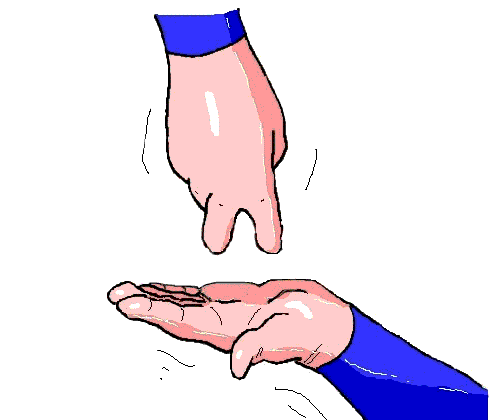Now you have decided on your spot card and honor sequence leads. And you have decided your own priorities for signals to partner’s opening lead (read Part 1 of this Guide if you haven’t). In Part 2 we looked at a few examples of other signals available to you at trick one. Part 3 deals with a few cases when the 3rd hand’s spot card is not your agreed preference (attitude, count or suit preference). Part 4 explains the most common attitude, count and suit preference signals.. In Part 5 you have put together your partnership signaling agreements. Part 6 illustrates how your agreements can help you find a logical, yet not very obvious defense at the table. We’ll continue the series with a few more such examples.
We have agreed UDCA (both count and attitude). Here you will use both… Opening lead a trump two on the following hand:
Click the NEXT button to see the play
The Ace wins in dummy, and the ♠9 to the jack. Partner follows suit. The ♥9 to the Jack, partner follows with the ♥5, then the ♥Ace, partner drops the king and all follow.
Declarer cashes the dummy’s last spade, and then goes into a small huddle (on these spades, you signaled the Club honors by throwing away two small clubs). Finally he leads a low club. You win the Ace as declarer plays ♣2 and partner ♣3.
Time for your think, if you haven’t done so already. Partner and opponent both had 2 hearts (partner signal 2, but of course, you have full count anyway… you had 4, dummy 5, and both followed suit twice… hearts are 5422 around the table).
Partner has given an “even” count in clubs (UDCA). Clearly Declarer doesn’t have 7♠, and if he had 6♠, why didn’t he just go ahead and claim 12 tricks… 6♠, 2♦, 4♥ (after ruffing one, to set the little one up). Thus, partner still has a trump left, and Declarer has two including the King. Thus you have a full count on South’s hand as “5-2-3-3” from the bidding and the play. Again, partner’s signal in clubs along with both following twice in hearts gives the entire hand away. If partner had 2 clubs, South would have singleton diamond. If partner had 6 clubs, South would have singleton club. Neither consistent with the 2NT rebid.
You cash the second club, and partner does something unusual. He throws the club Queen under the club King. Whats up with that? Maybe he wants another club, but you have thrown your two little ones away… but he knows there is only one club out (he saw everyone follow twice, and he saw you pitch two). This club Queen therefore has to be some unusual signal.
Partner must know I am going to have to switch or declarer is out of clubs. It was merely suit preference. He wants me to switch to the higher of the other two suits. Could he really want me to lead away from my ♥T7 right into dummy’s Tenace of ♥Q8? Yes, that has to be it.
Why didn’t declarer ruff a heart, pull partner’s trump, and enjoy the two good hearts in dummy? Because partner’s spade must be the eight. If he had lead a heart, it would have given partner a trump promotion. You can lead a heart yourself to the same effect. You probably would have worked out the heart lead anyway, but your partner who could see the defense clearly, gives you a nice boost with a dramatic suit preference signal on the second round of clubs. It takes a heart lead from you now to beat it.
The undisclosed hands were….
A club lead would have been easier on the defense. But then, the opponents bidding didn’t disclose much to make an intellegent lead. Letting it make 5 is a matchpoint disaster for you, beating it one is a disaster for them.
To be continued…
Esta entrada también está disponible en: Spanish

